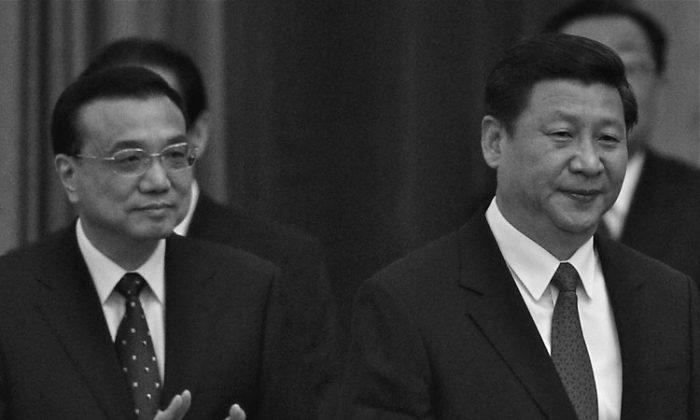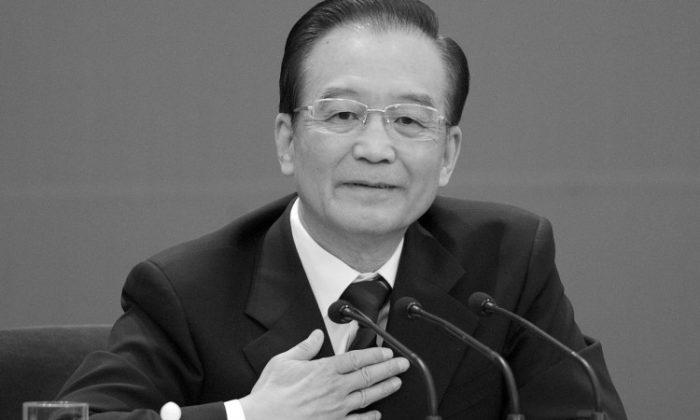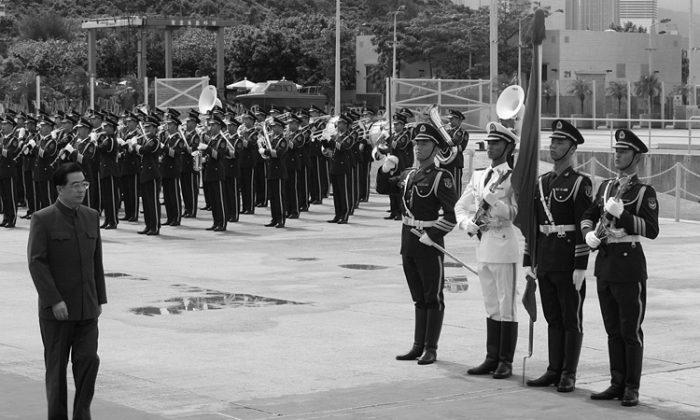[xtypo_dropcap]W[/xtypo_dropcap]hen China’s communist regime mandated its coercive one-child population control policy, one county in China implemented a different rule: it has allowed two children per family, but has been placing a hefty fine on having a third child. How did this more liberal policy fare compared with the rest of the country?
Since 1985 Yicheng County in Shanxi Province has been a testing ground for a two-child policy in China. Twenty five years later, no excessive population growth problem has been experienced, and the newborn infant sex ratio is within the norm of international levels.
Wu Baotang from Yicheng’s Birth Control Committee told Germany’s international broadcaster Deutsche Welle that Yicheng has had good control over its population growth.
Wu said, “In ‘85, when our county began to experiment with the pilot project, our population was 1 percent of the total population of Shanxi Province. After 25 years of practice, now our population is less than 1 percent—our estimation is 0.92 percent. Our newborn infant sex ratio has also remained normal.”
Ms. Chen Yanli, a local mother of two children, is happy with the two-child policy in Yicheng County.
She said, “Originally we did not want to have a second child, since our economic situation is limited. Later we thought that one child will be lonely, so we considered having a second child to keep the first one company.”
Ms. Chen continued, “We will not have any more. How dare we? Our financial means are limited, and it costs so much to have a child. We cannot afford it. Two is enough for us.”
Most of Yicheng’s residents share Ms. Chen’s view. Though the policy allows two children, many people had to think hard before deciding to have a second child.
Liu Wenxu, who has two sons, said, “Society develops so fast. As parents our burden is heavy. We try our best to send our children to school. The cost for their schooling accounts for 60 to 70 percent of our income.”
Continued on Page 2...
[xtypo_dropcap]T[/xtypo_dropcap]he project in Yicheng has been kept quiet for years; no official media has reported about it. On the other hand, the result of Yicheng’s two-child policy is raising doubts about the regime’s one-child policy, a policy that many of those subjected to it consider inhumane.
The Women’s Rights in China (WRIC) organization has been concerned about women in mainland China for a long time. Zhang Qing, a representative of WRIC, said that the one-child national policy enforced by the Chinese regime for the past 30 years has caused social problems such as a sex ratio imbalance, brought great suffering to countless Chinese women and families, and seriously violates women’s rights.
Commenting about the common practice of sex selective abortion, Zhang said, “We emphasize that ‘girls are as good as boys’.” The organization has been appealing for the victims of the one-child policy and strongly urging the Chinese government to stop its policy of forced abortion and fines, as well as investigating the criminal responsibility of those birth control personnel who have harmed people or families in China.
A recent study published in the British Medical Journal says that the overall sex ratio for China is 126 boys for every 100 girls. Nine provinces had ratios of over 160 boys for every 100 girls for second children. The article stated, “Sex selective abortion accounts for almost all the excess males.”
China also has the highest female suicide rate of any country in the world. It is the only nation in which more women than men kill themselves according to Women’s Rights Without Frontiers (WRWF).
On Nov. 10, 2009, Reggie Littlejohn, founder and president of WRWF, and other experts on China’s one-child policy, testified before the United States Congressional Tom Lantos Human Rights Commission, presenting convincing new evidence that this policy is implemented through forced abortion, forced sterilization and infanticide.
Ms. Littlejohn presented two documents on“ target=”_blank"> forced abortion , that had been leaked from China, setting forth new information on the practice of infanticide. According to these sources, practices include: Puncturing the brain and injecting it with poison during labor or immediately after birth; throwing the infant to the ground; drowning by placing the infant in a bucket of water and stepping on him or her.
In an article published by The Epoch Times on June 14, 2010, Ms. Littlejohn said, “In my opinion, forced abortion, forced sterilization and infanticide as they are practiced in China today constitute crimes against humanity: serious human right atrocities that are ‘part either of a government policy ... or of a wide practice of atrocities tolerated or condoned by a government.’”
Two-Child Policy Quietly Implemented in One County in China
One county in China has allowed two children per family, but has been placing a hefty fine on having a third.
By Quincy Yu
8/23/2010
Updated: 8/23/2010



